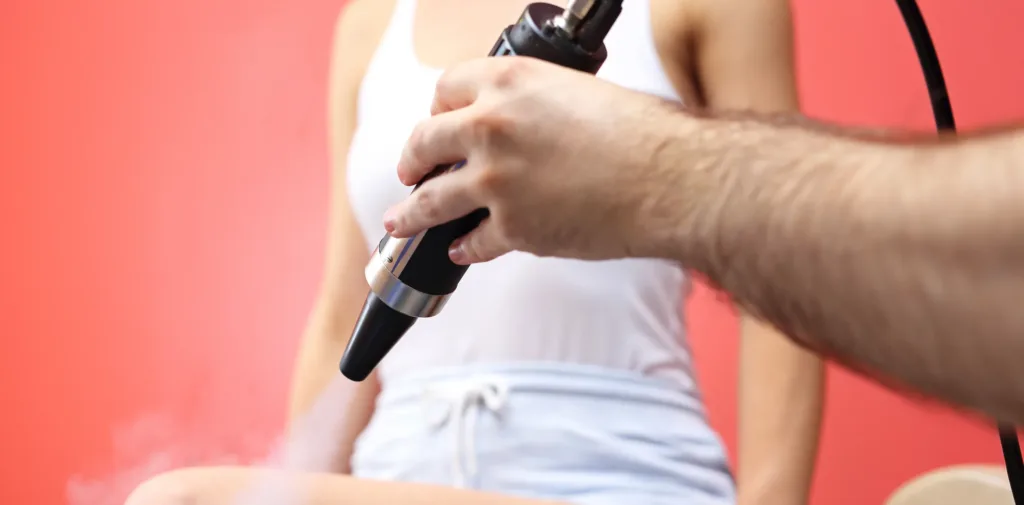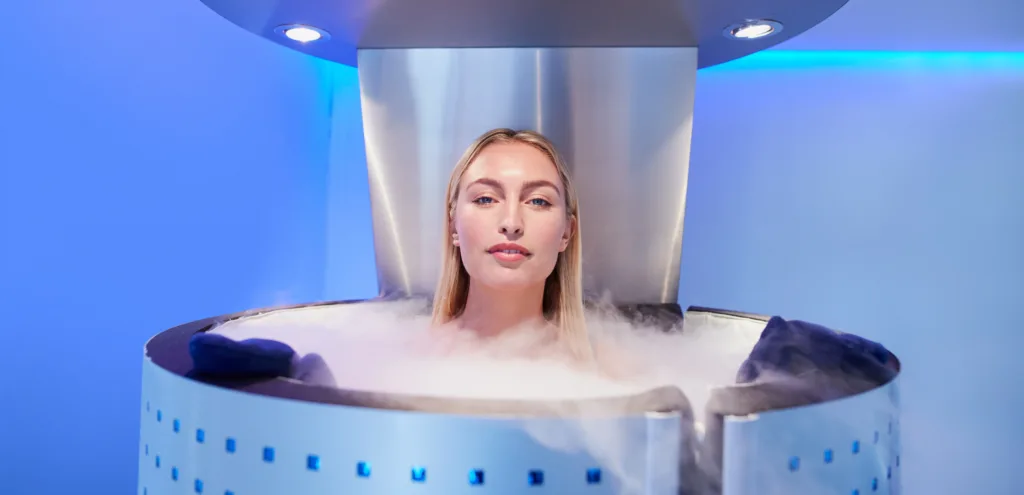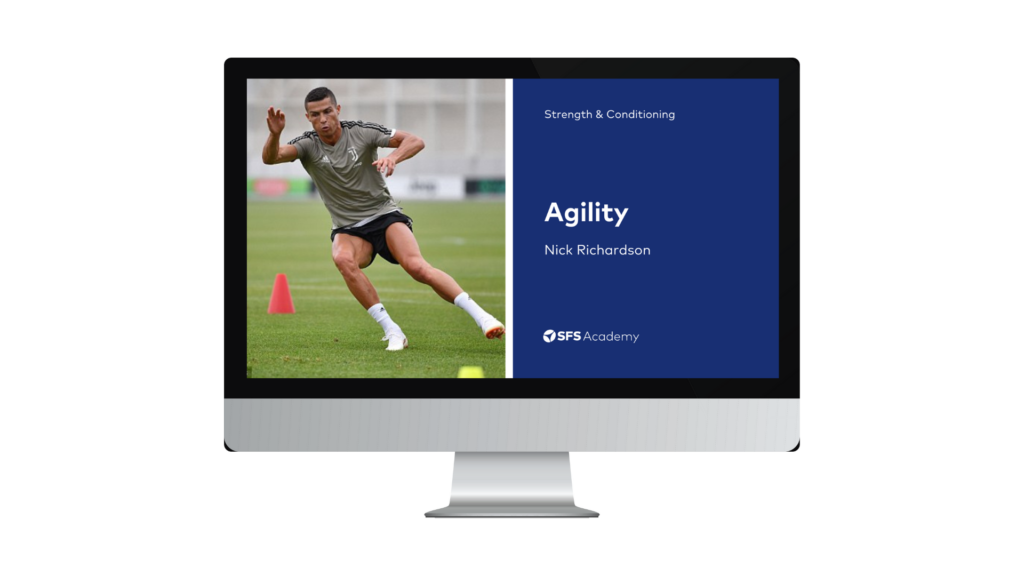About this Episode
In episode 119, Emily Partridge, Special Medical Projects Advisor at the Australian Institute of Sport (AIS), joins us.
Specifically Emily will be looking at:
- How to use Cryotherapy in sport
- Physiology underpinning it’s use
- Budget alternatives
Everyone has seen videos of athletes seemingly freezing themselves like a sci-fi billionaire trying to live forever. But is cryotherapy really a cure for old age and muscle soreness? Or are you just relieving yourself of that hard-earned cash?
To answer that question and potentially save you bundles of dough, we asked Emily Partridge, Special Medical Projects Advisor at the Australian Institute of Sport, to join us on the Science for Sport Podcast. Before working at the AIS, Partridge completed her Ph.D. Investigating the effectiveness of cryotherapy in elite athletes.
With that fantastic knowledge and experience, we wanted to ask her exactly why cryotherapy is used, and whether it’s really worth your hard-earned time and money.

Before we get into the inner workings of cryotherapy, it’s important to discuss exactly what it is, and why on earth anyone would put themselves through it in the first place.
“Cryotherapy is essentially a super-cooled version of an ice bath, using vaporised liquid nitrogen,” Partridge said.
So it sounds pretty fancy from the get-go. But what are we looking at in terms of temperatures?
“The protocol where your head is outside the chamber is normally, say, 3 minutes at -140 degrees,” Partridge said.
Minus 140 is a lot of cold – if you’re scared that you’d be walking out with frozen appendages, me too. Fortunately, Partridge is on hand to explain that our fears are unwarranted.
“It’s dry air. So the difference between that and an ice bath is that the conductivity through air and water are very different. So before you go into a chamber, you have to sort of dry yourself off, make sure you don’t have any sweat, or water on your body, because that can freeze you and that would hurt quite a bit. But because it’s dry air, it’s not actually too bad,” Partridge said.
But why on earth would you put yourself through such a torture device? Well, apparently, it can improve recovery from intense exercise.
“It’s essentially acting like a pump over your muscles. It causes vasoconstriction – your muscles tighten up. And then as soon as you leave that cold environment, your muscles relax, causing vasodilation. And that allows an increased amount of blood flow to go through your muscles,” Partridge said.
So using cryotherapy causes the blood vessels to constrict and then relax, filling the tired and/or damaged muscle tissue with blood, which helps to assist in the recovery process.
But considering most cold exposure can provide a similar response, why on earth would you take the coldest option possible?
Interestingly, it’s claimed the mind-blowing -140 degrees is actually preferable to some other alternatives.
“Research that’s looked at relative discomfort shows that it’s a lot better using cryotherapy than ice baths or cold showers. So that’s why you often hear that athletes are using it more because you’re only in for three minutes and it’s not nearly as bad as an ice bath,” Partridge said.
So if some athletes find it preferable to other cooling options, why isn’t there a cryotherapy unit in every gym? It’s very probably due to the monstrous costs associated with its use.
“[For a] top-of-the range, new unit, you could be looking at anywhere up to $AU100,000,” Partridge said.

That’s before you’ve bought the liquid nitrogen to actually cool it down. All things told, users can look forward to a hefty bill when it comes time to square up.
“So in Australia, if you just wanted a three-minute exposure of cryotherapy, you’d be looking at about $90. So that’s $30 a minute,” Partridge said.
So if your wallet doesn’t quite extend that far, what are the alternatives?
Ice baths and cold showers are the obvious competition, and the relative cost of these is very attractive compared to cryotherapy. Which begs the question, which is better?
“Whether cryotherapy is better or not, it’s not really determined. It seems to be that they are all relatively similar,” Partridge said.
So with that in mind, you’re probably better off getting yourself down to the shops and buying a couple of bags of ice, chucking it in a (cleaned) bin, and calling it an elite recovery centre.
If you want to hear some more information on the physiology of cryotherapy and the subtle differences between this and other methods of cooling the body for recovery, check out the full podcast using the link below.
You can download the podcast on any of the big hosting services, including Apple Podcasts and Spotify, or just use this link: https://scienceforsport.fireside.fm/119




